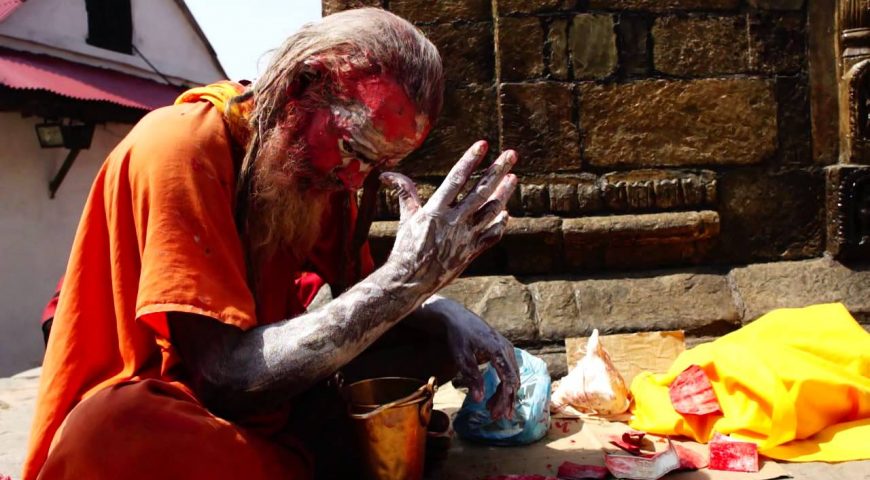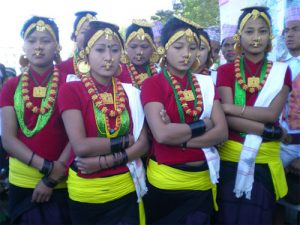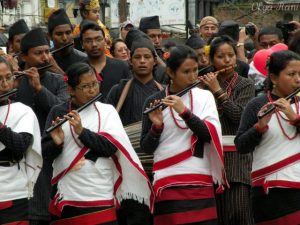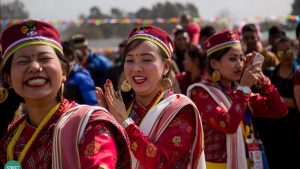
People in Nepal
Most of the people of Nepal live in the Hill and the Terai regions, accounting for approximately 93.27 per cent of the total population. The other 6.73 per cent of the population resides in the Himalayan region of Nepal which is inhabitable only up to specific altitudes. Nepal can easily be called a melting pot of different cultures and ethnicities with 126 different ethnic groups living in peace and harmony. Among these diverse groups of people, there are 123 different languages declared as mother tongues coming from different cultures. With such variations in ethnicity and cultures, the people of Nepal are real examples of “Unity in Diversity”.

Major Groups of People in Nepal
The immense diversity in the population of Nepal might be because of the large scale migrations of the Asian groups from Tibet and the Indo-Aryan people from the northern parts of India. The people of Indo-Aryan origin account for a more significant portion of the total population. The people with Tibeto-Nepalese origin are other significant groups of people while being a minority in the Nation. Among the people in Nepal, several ethnic groups constitute a more substantial population of the country. Some of those ethnic groups are Bhramin, Chettri, Newar, Tharu, Gurung, Magar, Sherpa, and so on. Nepal is not only diverse in ethnic groups but also with religion. Hinduism has the highest number of followers, with eighty-six per cent of the people. Eight per cent of the people follow Buddhism, and three per cent follow Islam. The remaining percentage comprises of other different religions followed by a minority of people. Nepal is known for being a country of religious tolerance. The people of Nepal live in harmony with a wide range of cultural diversity.

Nepal’s 2001 census enumerated 103 distinct caste/ethnic groups including an “unidentified group”. The caste system of Nepal is rooted in the Hindu religion while the ethnic system is rooted in mutually exclusive origin myths, historical mutual seclusion and the occasional state intervention.

